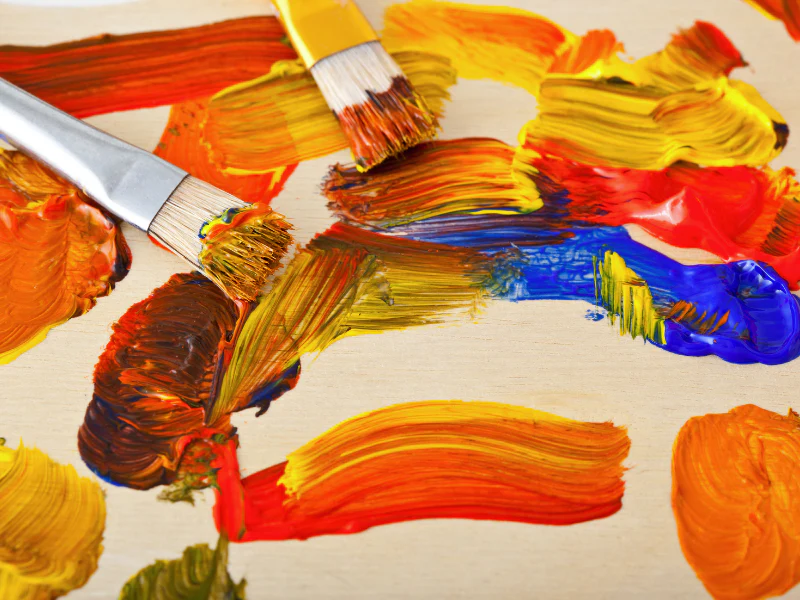
Robert Draws – The role of painting in shaping culture and history is undeniable. Throughout human history, paintings have been used to communicate, record, and preserve events. Art has allowed people to express their thoughts, emotions, and perspectives. Over time, paintings have influenced societal development and the way people view the world. From ancient cave paintings to modern art, these creations have told stories of past civilizations and their values.
Paintings have been used as a form of communication since prehistoric times. Early humans painted on cave walls to convey messages, document events, and express their surroundings. These paintings provided insights into daily life, rituals, and the natural environment. They were not just artwork but tools for survival. By observing these ancient paintings, we gain a better understanding of how early humans interacted with nature.
“Read about: The Art of Resistance: Theresia Agustina Sitompul’s Revolutionary Landscapes”
Throughout history, paintings have been essential in recording historical events. In ancient Egypt, Greece, and Rome, artists used paintings to depict important moments, such as battles and religious ceremonies. These artworks served as a visual record of significant events that have shaped civilizations. For example, paintings from the Renaissance period depict historical figures, events, and cultural shifts in Europe.
Painting was often the primary method of preserving history before photography was invented. Artists captured the essence of a moment, freezing it in time for future generations to witness. This role of painting as a historical recorder remains crucial, especially in the absence of written records or other forms of documentation.
Throughout history, various art movements have significantly influenced culture and society. The Renaissance, Baroque, and Romanticism periods, for example, shaped societal values and ideals. These movements reflected the intellectual, political, and religious climate of their time. The works created during these periods were not merely decorative; they reflected deep philosophical shifts and prompted societal change.
During the Renaissance, for instance, artists like Leonardo da Vinci and Michelangelo revived interest in classical ideals, placing human beings at the center of their work. This focus on humanism helped shape the course of Western thought and culture. Likewise, during the Baroque period, artists like Rembrandt and Caravaggio emphasized dramatic lighting and intense emotion in their paintings, reflecting the tensions of the time.
Throughout different cultures and periods, paintings have represented and shaped collective identity. In some societies, art was central to religious practices, while in others, it served as a vehicle for national pride and identity. For example, in 18th-century France, artists like Jacques-Louis David helped shape national identity during the French Revolution. His paintings of revolutionary leaders and historical events inspired citizens and reinforced their sense of nationalism.
In other parts of the world, traditional paintings were used to preserve indigenous cultures and traditions. In Africa, for example, art was used in rituals and ceremonies to reflect spiritual beliefs and societal structures. Similarly, Native American painting traditions helped preserve indigenous knowledge and history, keeping cultural practices alive for future generations.
“Read more: Madonna Talks About Death, Claims She’s Not Afraid When Death Comes”
Throughout history, paintings have been used as tools for social change. Artists have often used their work to challenge societal norms and question authority. For example, during the 20th century, movements like Surrealism and Dadaism pushed the boundaries of artistic expression and explored the subconscious. These movements often challenged the conventions of society, art, and politics.
In the United States, artists like Jacob Lawrence and Grant Wood used their paintings to comment on social issues like racial inequality and the struggles of the working class. Similarly, in Latin America, artists like Diego Rivera used murals to communicate political messages and promote social justice. In these cases, paintings became a powerful form of activism, challenging the status quo and encouraging societal reform.